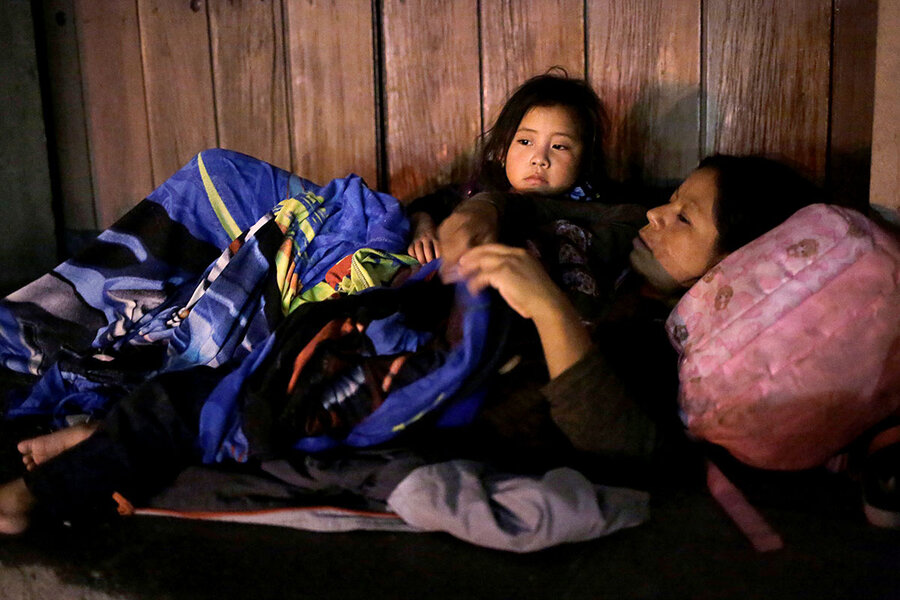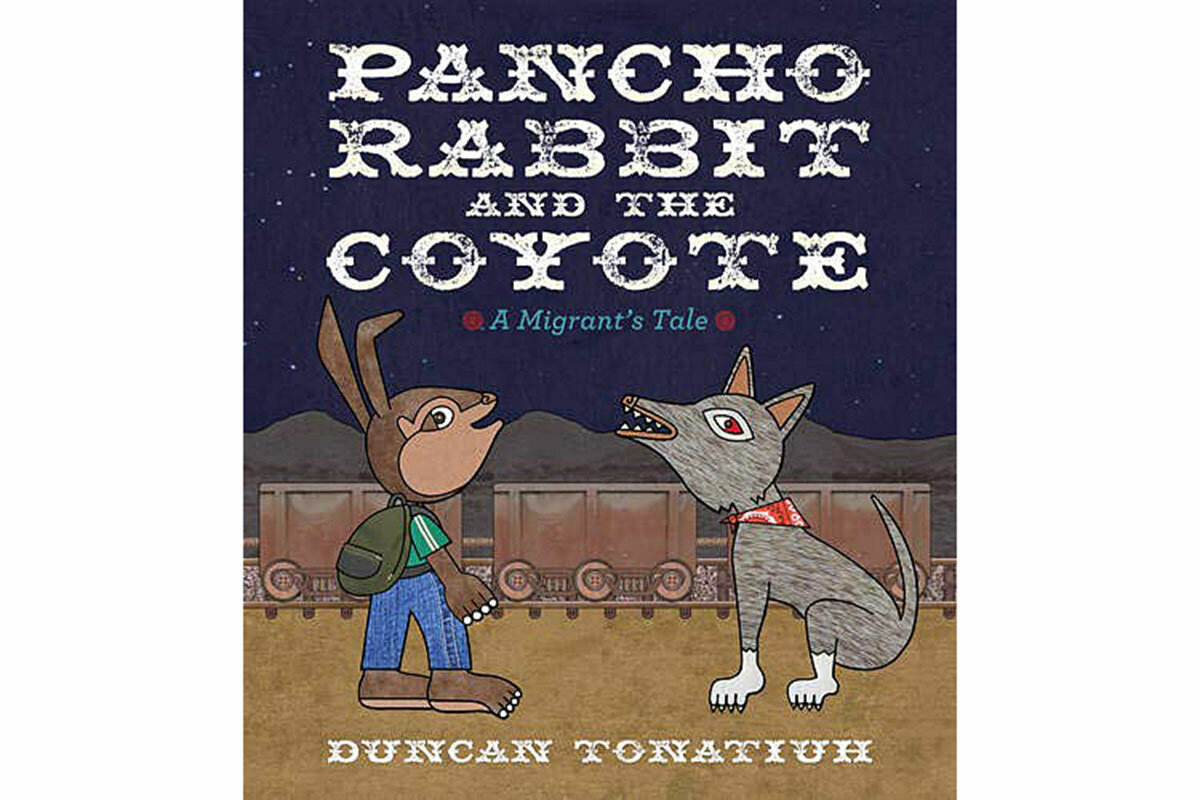How to talk with kids about migration? Try picking up a book.
Loading...
| Mexico City
As migration to the United States continues to overwhelm headlines, increasingly the images we’re seeing are of some of the most innocent and vulnerable: children.
Events have escalated from youths separated from their parents, to minors held in unsuitable government facilities, to toddlers lying lifeless on the side of a river. Whether outraged that a parent would bring his or her child on the perilous journey from Central America, or taken aback by U.S. policies that can make it even riskier to ask for refuge, many families are starting to wonder: Should we be talking to our own kids about this?
In my family, the answer was yes. Although my toddler is growing up in Mexico and isn’t exposed to a tremendous amount of U.S. news, understanding the long history of migration from Mexico and Central America toward the U.S. is important no matter which side of the border she grows up on. At her age, we’re tackling the topic through children’s books, which touch on some of the realities of migration, assimilation, and asylum. Here are three we have in heavy rotation. Their vivid illustrations appealed to my daughter from even before she turned 1, and the texts offer launching-off points for conversations of varying, age-appropriate depths on sacrifice, empathy, and leaving home.
Why We Wrote This
When children pick up a newspaper or look at the TV and see other children in trouble, what do you say? Our Mexico City correspondent shares stories that have helped her family talk about migration.
Pancho Rabbit and the Coyote: A Migrant’s Tale, by Duncan Tonatiuh
Father Rabbit has been in “El Norte” for the past two years, working in the vast lettuce and carrot fields. He and a handful of other fathers from the ranch left home because of drought – they couldn’t grow food or support their families. When Father Rabbit doesn’t return in time for his welcome-home party, his eldest son, Pancho Rabbit, is too worried to wait. He packs up Papá’s favorite foods, like mole, tortillas, and rice, and sets out to find him. He soon meets a coyote who offers to help him navigate his way north – a perilous journey punctuated by sacrifice and hope.
The animal-centric parable illuminates universal themes driving migration – such as a desire to provide for loved ones sometimes clashing with a yearning to keep one’s family together and safe. Small details – like children in broad-billed baseball caps alongside elders in traditional dress, or Pancho losing his balance on the speeding train La Bestia – add layers of conversation starters about themes that go far beyond why families might split up, or what pushes many to migrate north.
Dreamers, by Yuyi Morales
There’s a much more ephemeral, dreamy feel to illustrator Yuyi Morales’ latest book about migrating to the U.S. It shares her personal story – arriving with a baby, no English-language skills, and zero support – and the vibrant illustrations tell just as much of the narrative about adapting to a new world as her text.
This book is a great entree into themes like assimilation, what migrants bring with them and what they might be forced to leave behind, and how small gestures and an effort to understand others can affect a newcomer’s trajectory in a new land. Ms. Morales’ story captures the conflicting things migrants hear and sometimes feel in a way that seems universal. One page stands out with its backward text, seemingly written in the clouds, that exclaims things like “Say something!” or “Speak English!” floating behind a banner that cheerily reads “Give Thanks.”
Teacup, by Rebecca Young and Matt Ottley
A boy, a boat, and the urgent need to leave home and find another: “Teacup” is a subtle yet powerful story that encapsulates the mix of hope, fear, and promise that define many asylum-seekers’ seemingly endless journey to find their place in the world.
There’s a memory sequence while the boy is out to sea in which birds, whales, and the taste of saltwater on his lips draw his imagination home. The happy sequence ends with a reminder that “things can change with a whisper,” as dark clouds move onto the page, alluding to the bleak events that drove him to leave home in the first place. But the story doesn’t just look back at what he’s left behind. It focuses on the glimmer of possibility that might lie ahead.
The artwork is haunting and text relatively sparse, which means the story can spark discussions for a broad range of children about migrants and refugees on the move today, whether from Africa, the Middle East, or Latin America.









